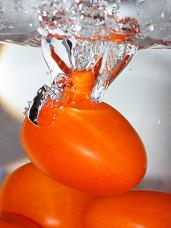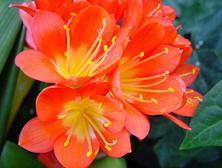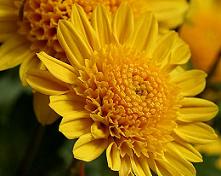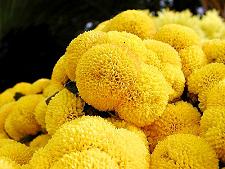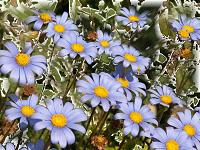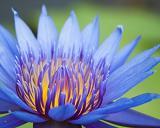The Color Red
The color red is the color of energy, passion and action
This color is a warm and positive color associated with our most physical needs and our will to survive. It exudes a strong and powerful masculine energy.
Red is energizing. It excites the emotions and motivates us to take action.
It signifies a pioneering spirit and leadership qualities, promoting ambition and determination.
It is also strong-willed and can give confidence to those who are shy or lacking in will power.
Being the color of physical movement, the color red awakens our physical life force.
It is the color of sexuality and can stimulate deeper and more intimate passions in us, such as love and sex on the positive side or revenge and anger on the negative.
It is often used to express love, as in Valentine’s Day, however it relates more to sexuality and lust, rather than love – love is expressed with pink.
At its most positive it can create life with its sexual energy, or use its negative expression of anger and aggression to fuel war and destruction.
The color red can stimulate the appetite, often being used in restaurants for this purpose. It also increases craving for food and other stimuli.
Being surrounded by too much of the color red can cause us to become irritated, agitated and ultimately angry. Too little and we become cautious, manipulative and fearful.
In Eastern cultures such as China red is the color for good luck. Although times are changing and many Chinese brides now wear white, it is traditionally the color for weddings. In Indian culture it symbolizes purity and is often used in their wedding gowns.
If your favorite color is red, it will reflect in your personality! Personality color red will give you more information on this.
If you are thinking of using red in a business application, read about themeanings of colors in business.
Positive and Negative Traits of the Color Red
Positive keywords include: action, energy and speed, attention-getting, assertive and confident, energizing, stimulating, exciting, powerful, passionate, stimulating and driven, courageous and strong, spontaneous and determined.
Negative keywords include: aggressive and domineering, over-bearing, tiring, angry and quick-tempered, ruthless, fearful and intolerant, rebellious and obstinate, resentful, violent and brutal.
Red Represents:
Energy: it boosts our physical energy levels, increases our heart rate and blood pressure and prompts the release of adrenalin.
Action: it is fast moving and promotes a need for action and movement.
Desire: it relates to physical desire in all its forms- sexual, appetite, cravings.
Passion: it means a passionate belief in an issue or undertaking, including passionate love or passionate hate. Anger is negative passion.
Effects of Red:
Stimulating: to the physical senses- the sexual and physical appetite. It stimulates the deeper passions within us, such as sex, love, courage, hatred or revenge. If you have a flagging sex life and would like to introduce more passion into it, introduce some red into the bedroom – the more red, the more passion, but don’t overdo it or it will have the opposite effect.
Exciting and Motivating: it excites our emotions and inspires us to take action.
Attention-getting: it demands you to take notice, alerting you to danger. This is why we have red traffic lights and stop signs – it is the universal color for danger.
Assertive and Aggressive: drivers of red cars should take note! A small survey I did a few years ago showed that drivers of red cars, including females, said they felt quite aggressive behind the wheel of their red car.
Variations of the Color Red
Maroon: a dark bluish red, it denotes controlled and more thoughtful action. It is slightly softer than burgundy and not as dramatic as true red.
Burgundy: a dark purplish red, it is more sophisticated and serious and less energetic than true red. It indicates controlled power, determined ambition and dignified action and is often favored by the wealthy.
Crimson: has a little blue in it. It indicates a determination to succeed but without upsetting anyone else. It emits sensuality rather than sexuality.
Scarlet: has a little orange mixed with it, giving it a richness and brightness. It indicates enthusiasm and a love of life. It is a little less intense and more fun-loving than true red, tempered with a degree of defiance.

